Challenging body-weight exercises can help you take your muscle strength

man exercise
If you are like maximum American adults who exercise sessions regularly, you could squeeze in each day stroll or a short run or take a Zumba or aerobics class. But power-education sporting events generally do not make a list.
2018 observe posted withinside the American Journal of Preventive Medicine located that most effective approximately 30% of American adults a long time 18 to eighty are doing power education two times a week, as recommended. And nearly 58% of these surveyed stated they did none.
It’s a mistake to pass power education. “People lose among 2% and 5% in their muscle tissues each decade after age 30,” says Dr. Beth Frates, medical assistant professor of bodily remedy and rehabilitation at Harvard Medical School.
“If you lose 2% in line with decade, you’ve got misplaced 4% of your muscle tissues by the point you’re 50,” explains Dr. Frates. “That quantity will be as excessive as 10% if you lose 5% of your muscle tissues in line with the decade.”
Maintaining muscle power is more significant than only an arrogance issue. Having ok ability facilitates you do the whole lot, from going up and downstairs to wearing your groceries. People who do not have sufficient muscle are much more likely to fall, get injured, and should depend upon others as they age.
“Moreover, power education is the first-class manner to alternate your frame composition. You may try this via power education if you need to sense and appearance differently,” says Dr. Frates.
Many adults can be skipping muscle-constructing sporting events because they assume they want a fitness center club or unique equipment. Or possibly they sense intimidated or do not know wherein to begin. With this in mind, Dr. Frates designed a short novice power exercise to get you started. You can do it entirely at home, without equipment, simply your frame weight.
Try to squeeze on this clean exercise two times a week. Keep it up for the following couple of months, and also, you must see development for your muscle power. We’ll encompass any other batch of barely more fantastic challenging sporting events that you may use to ratchet as much as the subsequent degree in a later issue.
1. BOOST YOUR ARM STRENGTH
Push-united states are smooth to enhance your arm and upper-frame strength, says Dr. Frates. You can do those in a popular push-up position or with your knees at the ground to make the workout easier.

Set a purpose: Aim initially five push-ups. Once you have mastered that, flow up to 8 to twelve push-ups. If you could do that, do some other set. Ultimately you ought to attempt for three units of 8 to twelve push-united states twice a week.
2. STRENGTHEN YOUR LEGS
For more potent legs, strive acting an opposite lunge. Stand up directly together along with your toes collectively and your hands with the aid of using your sides. (It’s k to preserve one hand on a wall to assist balance.) Then step again onto the ball of 1 foot and bend your knees, even as you maintain your foot and the front knee over your ankle. Once you have executed the preferred number of repetitions, stand up and repeat and transfer legs.

Set a purpose: Start with the aid of using doing one set of 8 to twelve repetitions on every side. Over time, growth to 2 units, and in the long run to 3.
3. SHORE UP YOUR CORE
We pointed out the advantages of the plank before because it is an excellent manner to construct upper-frame and center strength. You can do that workout to your elbows together with your legs prolonged in a conventional push-up position or to your elbows and knees.
Set a purpose: See how lengthy you could keep the plank, after which paintings to grow your time. If you could most effectively do 10 seconds beginning out, paintings your manner as much as 20. The closing purpose ought to be to keep it for a minute at a time.
Physical activity and exercise for chronic pain in adults
Abstract
Background
Chronic ache is described as ache lasting past everyday tissue restoration time, commonly taken to be 12 weeks. It contributes to disability, anxiety, depression, sleep disturbances, terrible pleasantness of life, and healthcare costs. Chronic ache has a weighted suggest incidence in adults of 20%.

For many years, the remedy desire for continual ache protected hints for relaxation and inactivity. However, workouts may also have particular blessings in decreasing the severity of continual discomfort, in addition to well-known extra benefits related to progressed average bodily and intellectual health and bodily functioning.
Physical interest and workout programs are increasingly being promoted and presented in numerous healthcare systems and for loads of continual ache conditions. It is consequently essential at this level to set up the efficacy and protection of those programs and to cope with the crucial elements that decide their fulfillment or failure.
Objectives
To offer a top-level view of Cochrane Reviews of adults with a continual ache to decide (1) the effectiveness of various bodily interest and workout interventions in decreasing ache severity and its effect on function, pleasant of life, and healthcare use; and (2) the proof for any detrimental outcomes or damage related to bodily interest and workout interventions.
Methods
We searched the Cochrane Database of Systematic Reviews (CDSR) at the Cochrane Library (CDSR 2016, Issue 1) for systematic critiques of randomized managed trials (RCTs). Then we tracked any protected analyses for updates and followed protocols in case of complete evaluation booklet till an arbitrary cut‐off date of 21 March 2016 (CDSR 2016, Issue 3). We assessed the methodological pleasant of the critiques the use of the AMSTAR tool, and additionally deliberate in examining records for every painful circumstance primarily based totally on pleasant of the proof.
We extracted records for (1) self‐said ache severity, (2) bodily function (objectively or subjectively measured), (3) mental function, (4) pleasant of life, (5) adherence to the prescribed intervention, (6) healthcare use/attendance, (7) detrimental events, and (8) death.
Due to the confined records available, we had not been able to examine and examine interventions, and feature as an alternative said the proof qualitatively.
Main outcomes
We covered 21 opinions with 381 covered research and 37,143 members. Of those, 264 studies (19,642 members) tested exercising instead of no exercising/minimum intervention in adults with continual ache and have been used withinside the qualitative analysis.
Pain situations covered rheumatoid arthritis, osteoarthritis, fibromyalgia, low again ache, intermittent claudication, dysmenorrhoea, mechanical neck disorder, spinal wire injury, postpolio syndrome, and patellofemoral ache. None of the opinions assessed ‘continual ache’ or ‘continual considerable ache’ as a preferred period or condition. Interventions covered aerobic, strength, flexibility, variety of motion, and middle or stability education programs, in addition to yoga, Pilates, and tai chi.
Reviews have been nicely executed and pronounced (primarily based totally on AMSTAR), and covered research had a perfect threat of bias (with insufficient reporting of attrition and reporting biases). However, the pleasant of proof became low because of player numbers (maximum covered research had fewer than 50 members in total), duration of intervention, and follow‐up (hardly ever assessed past 3 to 6 months). We pooled the outcomes from applicable opinions wherein appropriate, even though developments have to be interpreted with a warning because of the low pleasant proof.
Pain severity: numerous opinions referred to beneficial outcomes from exercising: handiest three views that pronounced ache severity located no statistically considerable adjustments in average or imply ache from any intervention. However, yields have been inconsistent throughout interventions and follow‐up, as exercising no longer continuously resulted in a change (good or poor) in self‐pronounced ache ratings at any unmarried point.
Physical characteristic: became the maximum commonly pronounced final results measure. Physical characteristics became appreciably advanced due to the intervention in 14 opinions. Even those statistically considerable outcomes had the handiest small‐to‐slight impact sizes (handiest one evaluate pronounced massive impact sizes).
Psychological characteristic and pleasant of life: had variable outcomes: outcomes have been beneficial to exercising (typically small and slight impact size, with opinions reporting considerable, massive impact sizes for pleasant of life), or confirmed no distinction among groups. There have been no poor effects.

Adherence to the prescribed intervention: couldn’t be assessed in any evaluation. However, the threat of withdrawal/dropout became barely better withinside the workout institution (82.8/one thousand members as opposed to 81/one thousand members), eleven though the institution distinction became non‐considerable.

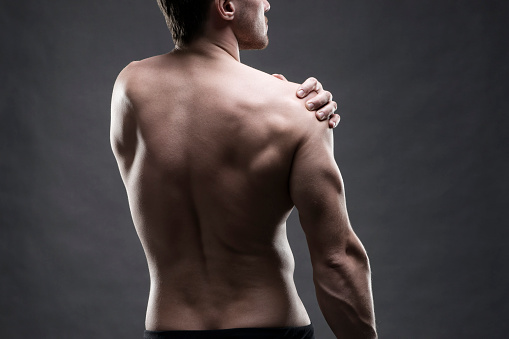
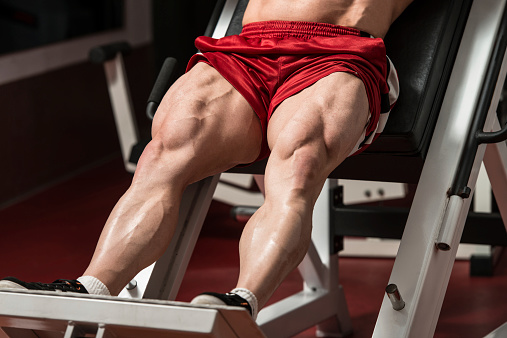
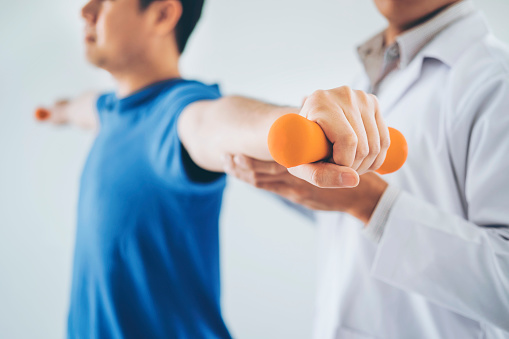

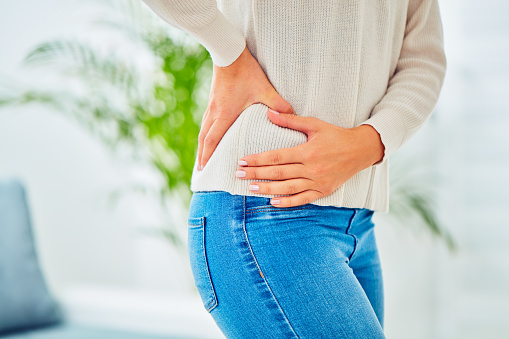







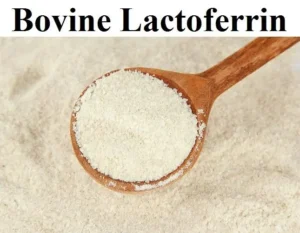


2 thoughts on “Challenging body-weight exercises can help you take your muscle strength”